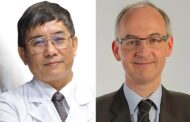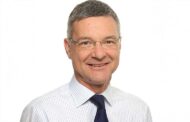Whether you are a social media expert or someone who occasionally shares a topical meme, most people can say they have experience with social media in one way or another. While you may wonder how social media relates to the field of lung cancer research and advocacy, you might be surprised to learn that it can be beneficial in several ways.
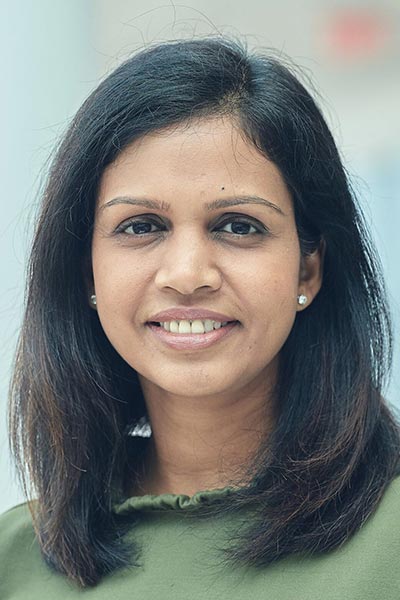
During the 2024 World Conference on Lung Cancer, Charu Aggarwal, MD, MPH, FASCO, was among several presenters to take the stage during the Social Media & Communications Workshop, which was organized by the IASLC Communications Committee.
Dr. Aggarwal, the Director of Precision Oncology Innovation at the Penn Center for Cancer Care Innovation at the University of Pennsylvania, Philadelphia, emphasized the importance of building a strong social media presence for early-career investigators.
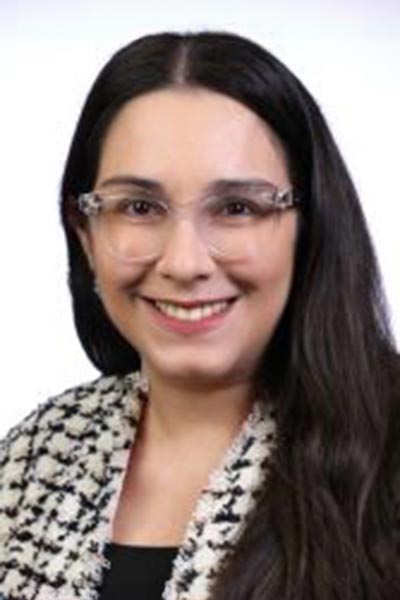
“It’s important to think about academic branding, not just for institutions but for yourself,” said Dr. Aggarwal, who chairs the Communication Committee. “And I find that for our junior faculty, it serves as an excellent opportunity for career advancement and networking.”
Building a social media presence also creates opportunities to engage with new audiences, which can offer unique perspectives on lung cancer, as well as help combat misinformation.
“On the internet, everybody can be an expert, whether you’re a physician or not, whether you’re an oncologist or not,” said Ana I. Velázquez Mañana, MD, MSc, FASCO. “They are bringing their own perspectives, and they are experts on their own opinion, but that doesn’t mean that those opinions are correct.”
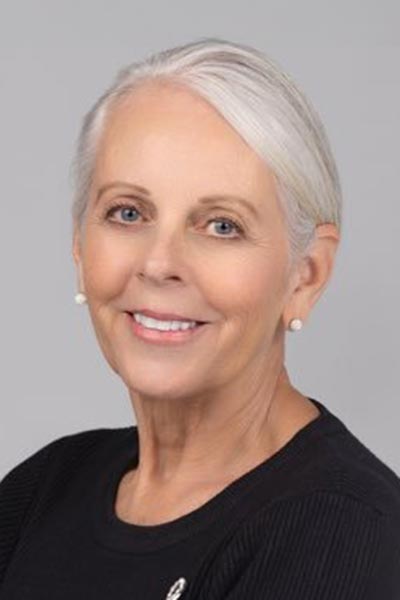
Given that social media helps fuel the spread of misinformation, health officials must understand how to effectively communicate with their audience and identify the best platforms to reach them.
“We have to know exactly what kind of platforms people are using to know where we should be developing our science and our approach, and we have to tailor that message to the specific population,” said Dr. Velázquez Mañana, Assistant Professor of Medicine at the University of California, San Francisco, Division of Hematology/Oncology.
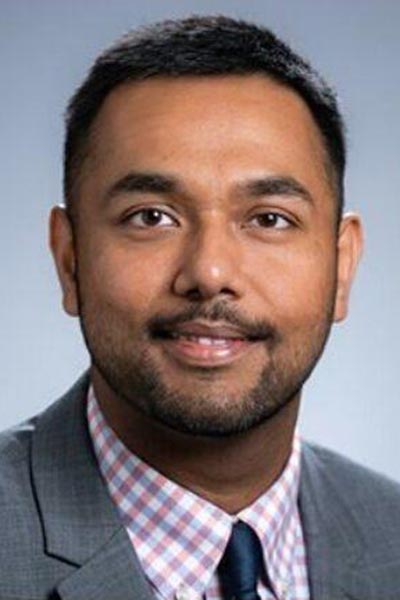
Partnering with patient advocates and other community members can be an effective way to identify topics that interest them and to understand how they use that information.
“Advocates want to support your research, so wherever you’re active on social media, connect with them by responding to their posts or tagging them in one of your posts,” said Dusty Donaldson, a survivor of lung cancer and patient advocate, as well as the President of the Lung Cancer Action Network (LungCAN).
“You want to learn what’s important to the advocacy community and let the advocacy community understand what’s important to you and what important work you’re doing,” Ms. Donaldson said.
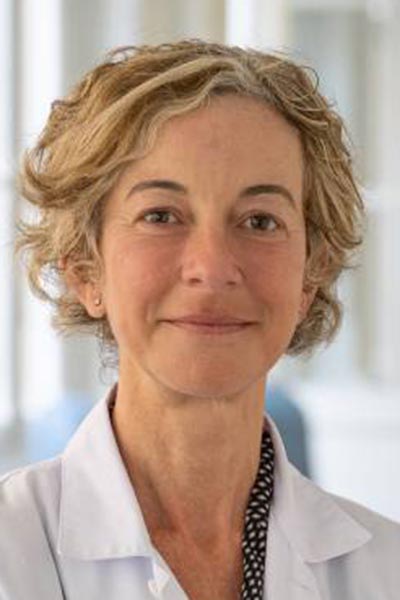
Establishing a social media presence also enhances a person’s visibility and opens opportunities for collaboration with other researchers and stakeholders within the community, according to Aakash Desai, MD, MPH.
“The importance of science communication is communicating the true impact of the research that we do day in and day out to a broader panel of folks outside of medicine and science,” Dr. Desai said.
Dr. Desai, an Assistant Professor at the University of Alabama at Birmingham, also emphasized that effective science communication is not limited to scientists interacting with one another; it also involves public relations, the media, science journalists, and policymakers.
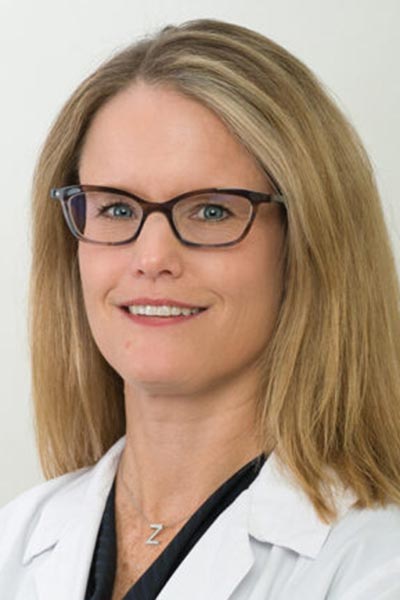
Building relationships with the media is essential for bridging the gap between science and society, building trust and credibility, and disseminating scientific knowledge.
Moreover, it is important not only to make yourself available to share information but also to understand how to communicate successfully, considering the outlet’s focus and audience.
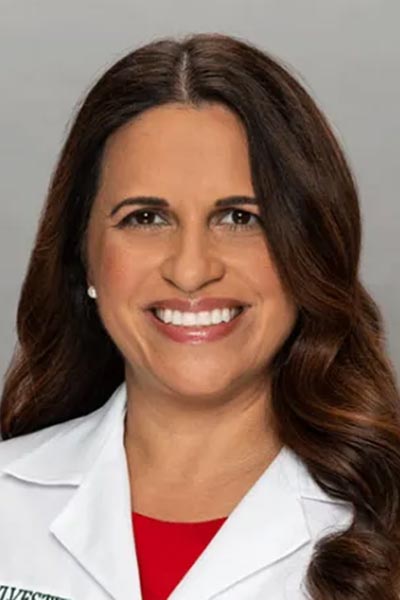
“The audience and the people reading this information are going to be completely different,” said Noemi Reguart, PhD, Associate Professor at the University of Barcelona’s School of Medicine. “To be a good communicator, the first thing you need to do is reach your audience. This means that they have to understand what you are saying.”
The same principles apply when writing an abstract; you must simplify complex information and tailor it to a specific audience, which may include meeting attendees, journal subscribers, and policymakers.
Karen Reckamp, MD, MS, a Clinical Professor in Medicine and the Director of the Division of Medical Oncology at Cedars-Sinai Medical Center, discussed the essential components of a clear and concise abstract, as well as how to write one.
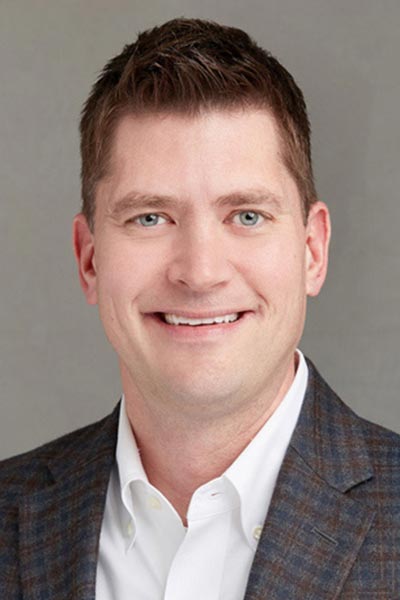
“You can’t assume your readers know everything that you do. So, you have to get to the point. It’s a sweet spot of what to share and what to leave out,” Dr. Reckamp said. “Don’t use jargon or abbreviations where they’re not standard, if possible.”
Estelamari Rodriguez, MD, MPH, shared her personal fears about speaking in public and strategies to help build confidence. Dr. Rodriguez, an Associate Director of Community Outreach at the University of Miami Miller School of Medicine, Miami, suggested reframing your perspective on stage fright and visualizing yourself performing successfully.
“Trick your brain into telling yourself that you can do this and that you’re not nervous, but you’re just excited to be there,” Dr. Rodriguez said.


